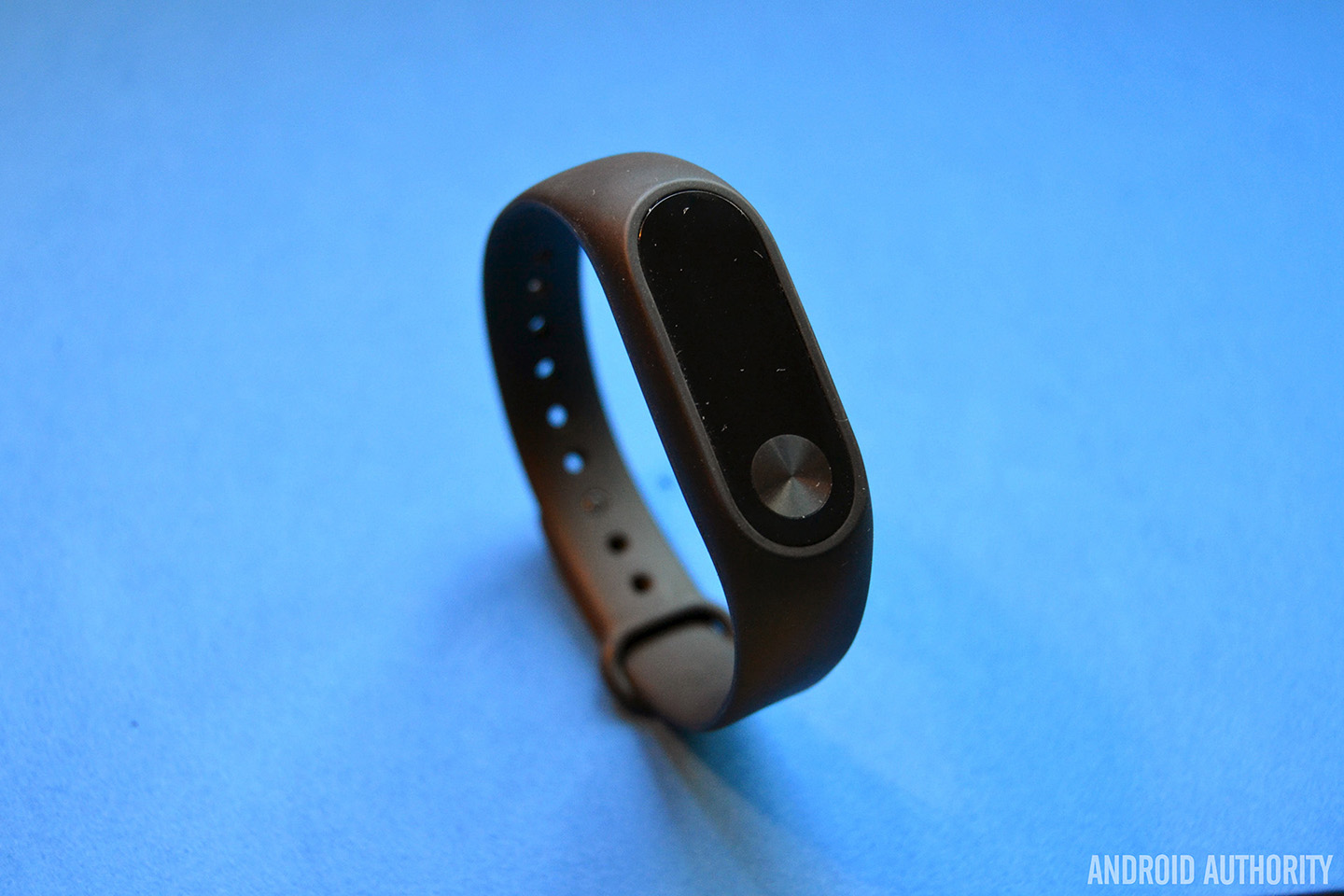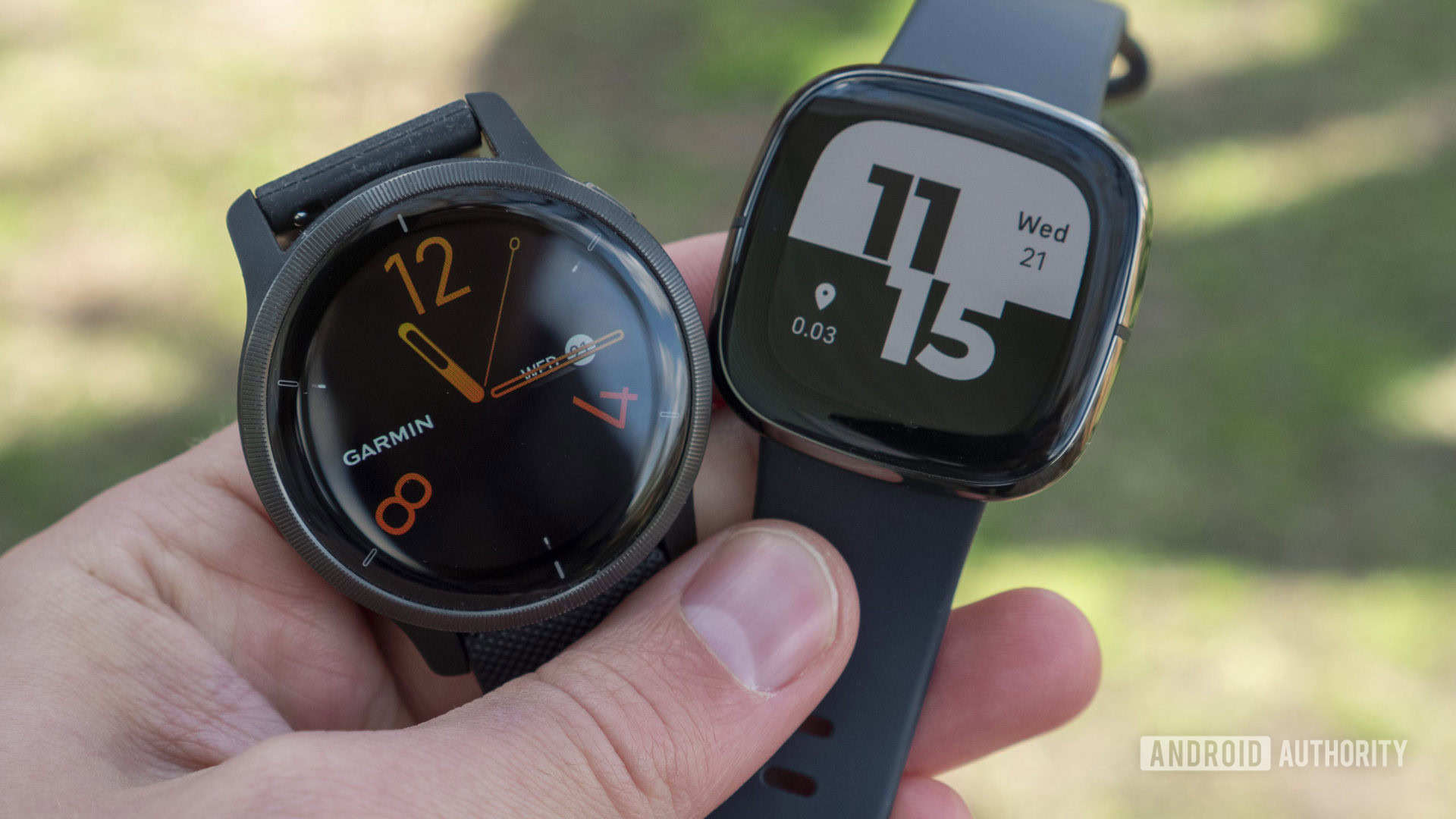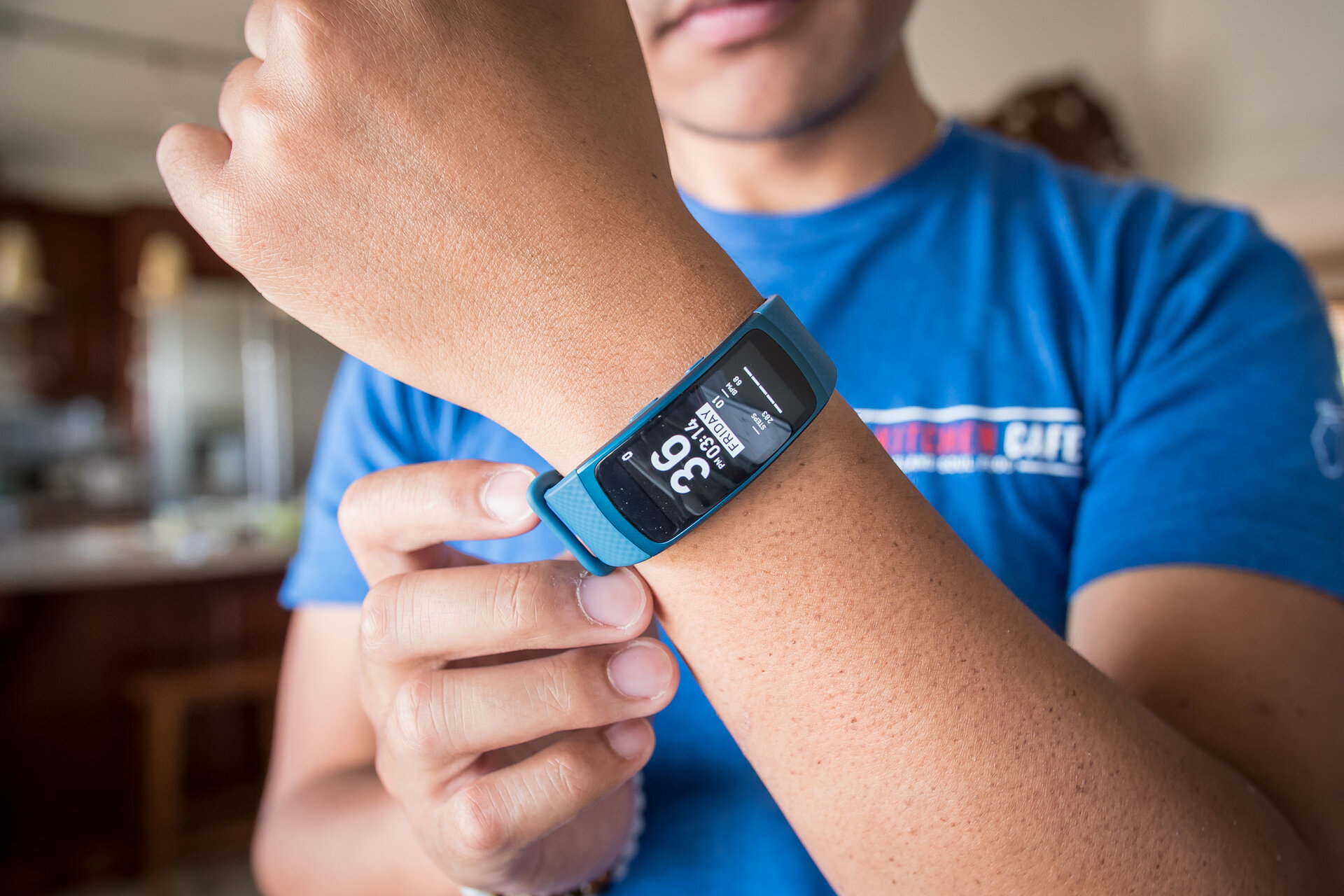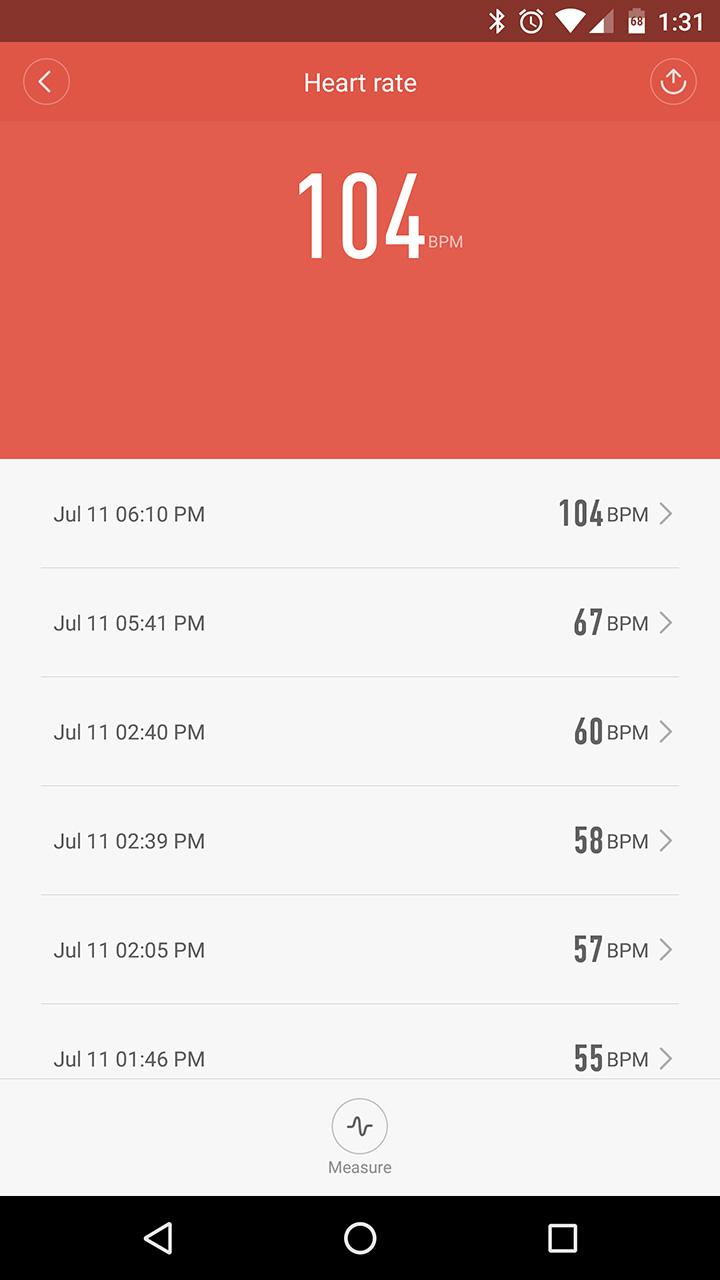Affiliate links on Android Authority may earn us a commission. Learn more.

Xiaomi Mi Band 2 review
Published onJuly 13, 2016
Xiaomi Mi Band 2
What we like
What we don't like
Our scores
Xiaomi Mi Band 2
Xiaomi is all over the place in the technology world. The Chinese company first came to the scene with its MIUI firmware back in 2010, and has since moved on to creating its own Android smartphones, televisions, tablets, and so much more.
One of the most interesting products the company has in its lineup is the Mi Band. Announced in August 2014, Xiaomi’s first Mi Band wearable aimed to bring basic activity tracking to the masses thanks to its seriously low $13 price point. Now Xiaomi is back with a new, more expensive fitness tracker – the Mi Band 2.
With an OLED display and a new design, does the Mi Band 2 have what it takes to make its way to your wrist? Let’s find out.
Here is our full Xiaomi Mi Band 2 review.
Design
Aside from the strap, the Mi Band 2 doesn’t really look anything like the original Mi Band. It still comes in the form of a dongle that fits snugly into a silicone strap, and it’s thin and light enough that you’ll forget you’re wearing it most of the day. One of my biggest problems with the first Mi Band is that it feels cheap. I mean, I know it is cheap at only $13, but the silicone strap was too plasticky for my liking. The Mi Band 2’s strap is much more rubbery and soft this time around, which I really like.
The OLED display is nice... indoors
I won’t talk too much about price just yet, but you should know that the Mi Band 2 is a bit pricier than its predecessor. It retails for around $40-$50 here in the US. Why the bump up in price? Xiaomi decided to include an OLED display this time around, which I must say is very nice most of the time. Indoor visibility is just great, but it’s pretty tough to read outdoors in the sun. In fact, trying to check the time on a run just isn’t possible at times, but I suppose having a display is better than not having one.
Xiaomi says the .42-inch display is also UV coated, scratch resistant and anti-fingerprint. I haven’t gotten any scratches on mine, but fingerprints do show up quite a bit. The display can get very smudgy and greasy.
Underneath the display sits a snazzy capacitive button that lets you filter through the current time, steps, distance, calories heart rate and battery. You can also check the time by simply lifting your wrist, though I’ve found this feature to be more laggy than what other fitness bands offer. Sometimes the time delays for about 2 seconds before showing up. This definitely won’t make or break your experience with the device, but it’s still something worth noting.
The Mi Band 2 also comes with an IP67 rating for water and dust resistance. This means you can wash your hands without taking it off, but you shouldn’t go swimming with it.
Xiaomi also says there will be more colorful band options available at a later date, but as of writing this review we’re not sure when the bands will launch.
Features and performance
The Mi Band 2 does everything you’d expect from an entry-level fitness tracker. It tracks your steps taken, distance traveled, calories burned and your sleep. And for the most part, it’s very good at tracking all four of those metrics.
I’ve taken the Mi Band 2 out on a few runs with the Fitbit Charge HR and Garmin vívosmart HR, and all three devices have given me similar results. In terms of step tracking, the Mi Band 2 recorded 7,055 steps taken on a run, while the Charge HR recorded 7,058. During a second workout, the Mi Band 2 recorded 5,022 steps, while the vívosmart HR recorded 5,018. Basically, if you care about step tracking and you’re looking for an inexpensive alternative to other fitness bands, the Mi Band 2 will definitely do the trick.

The device will automatically record your workouts in the Mi Fit app, which is quite convenient. It can sometimes take a minute or two to recognize when you’ve started exercising, but it still should be accurate enough for most people.
Sleep tracking is one of this device's strongest features
There’s much more to an activity tracker than step tracking, though. The Mi Band 2 will also record your light and deep sleep, and it does a pretty good job at both. It will automatically detect when you go to sleep, so there’s no need to open the app and press a sleep now button. Once you wake up, you can check all your sleep stats in the Mi Fit app. You’ll be able to see how much light and deep sleep you experienced, how many minutes you were awake, as well as the exact times you fell asleep and woke up.
The Mi Band 2 also supports silent alarms, so you can wake up with a subtle vibration if you aren’t a fan of noisy alarm clocks.
The optical heart rate monitor is one of the Mi Band 2's most problematic features
One of the Mi Band 2’s headlining features is its optical heart rate monitor. This is one of the most problematic features on the device – not only because readings can be far off at times, but also because it often fails to record my heart rate when I’d like it to.
To test heart rate accuracy, I’ve been comparing the Mi Band 2 with the Wahoo TICKR X heart rate monitor. Most of the time the Mi Band 2’s heart rate readings are spot on with the TICKR X, though I have noticed the Xiaomi device will sometimes be off by 15bpm or so.
You should stay away from this device if you need to keep tabs on your heart rate during a workout. The heart rate monitor isn’t continuous, and you have to stay really still in order for the device to take its readings. You can always stop running to check your heart rate, but that’s not the most convenient method for many athletes out there.
Don't buy the Mi Band 2 if you need a reliable heart rate monitor
I need to emphasize something here. The Mi Band 2 needs to be very still if you want to check your heart rate. Like, the device struggles to take readings even when I’m sitting still at my desk. I’ve never experienced a fitness tracker that fails so often at this. On the plus side, though, its display allows you to fire up the heart rate monitor much quicker than you could with the Mi Band Pulse.
One of my favorite things about the Mi Band 2 is the Idle Alert feature. The device will give you a short vibration if you’re inactive for one hour, and you can customize what times of day this feature is turned on. I sit at a desk all day, so anything that reminds me to get up and move every once in awhile is definitely a plus.
One other neat trick it offers is notification support. Well, you won’t get full notification support here, but the device will buzz your wrist when you have an incoming text or phone call. It works most of the time, but not always. I’m not sure if this is due to a spotty Bluetooth connection or if it’s just a bug that needs fixing, but either way you shouldn’t rely on the Mi Band 2 to alert you of notifications every time.

Xiaomi says the Mi Band 2 can last up to 20 days on a single charge, and that’s exactly what I’ve been able to achieve. Throughout the review period, I’ve gone on walks and runs about 4 times per week, checking my heart rate and scrolling through my daily stats multiple times per day.
It’s pretty easy to charge the Mi Band 2, as well. Just remove the dongle from the band, plug it into the proprietary charger, then hook it up to a computer.
| Xiaomi Mi Band 2 | |
|---|---|
Display | .42-inch OLED display |
Heart rate monitor | Yes, optical heart rate sensor |
Sleep tracking | Yes |
Water resistance | IP67 |
GPS | No |
Battery life | Up to 20 days 70mAh, lithium polymer |
Compatibility | Android, iOS |
Weight | 7g |
Software
Xiaomi’s Mi Fit companion app is sort of a mixed bag. I like some parts of it, while I can’t stand others.
Let’s start with the positives. Mi Fit is a beautiful app that displays your daily activity, sleep, weight loss, heart rate and goals on the main screen. Tapping on any one of these sections gives you more detailed information about that particular metric.

One other positive: Mi Fit can connect with Google Fit, WeChat and even Sina Weibo, so you’ll be able to access your results in your favorite apps if need be.
Unfortunately the list of negatives outweighs the positives here. This might not be a huge concern to most people, but I found the layout of the app just horrible. The interface is separated into three main sections: Status, Play and Profile. Status is basically your home screen, where you’ll find your daily activity. The oddly-named Play screen is where you’ll change notification options, set alarms and Idle Alerts, and also connect to third-party apps. In the profile section, you can change your activity and weight goal, connect with friends, and also access a settings menu (which pretty much only lets you change units and submit feedback).
I don’t know if it’s the Play section’s name that throws me off, or if it’s the lack of settings in the settings menu, but I still find myself, after 20 days of using this dang app, getting lost and scouring through to try and find what I’m looking for.
One of the things I like most about Fitbit’s companion app is that it makes it really easy to connect with friends and check out their progress. This isn’t the case with Mi Fit. You actually have to scan a QR code to become someone’s friend on Mi Fit. I really don’t think people are going to use this feature.
Oh, one last thing – the Mi Fit app force closes just about every other time I use it. I’ve used it on both my HTC10 and Nexus 6P, and I couldn’t get it to stay open on either device.
Gallery
Should you buy it?
The Xiaomi Mi Band 2 is one of the better entry-level fitness trackers in the sub-$50 price range. It’s only $40, and it can track your daily activity and sleep without a hitch. It also looks really nice and has great battery life.
The problem is, most of the other features Xiaomi included in this tracker just don’t work very well. The heart rate monitor only works when you’re completely still, the display is hard to read outside, and the Mi Fit app needs a lot of work.
You shouldn’t buy the Mi Band 2 if you’re a serious athlete or if you need something with an accurate heart rate monitor. But if you only have $40 or $50 to spend and want something that can keep tabs on your daily activity, this device might be the perfect thing for you.
Related reviews: